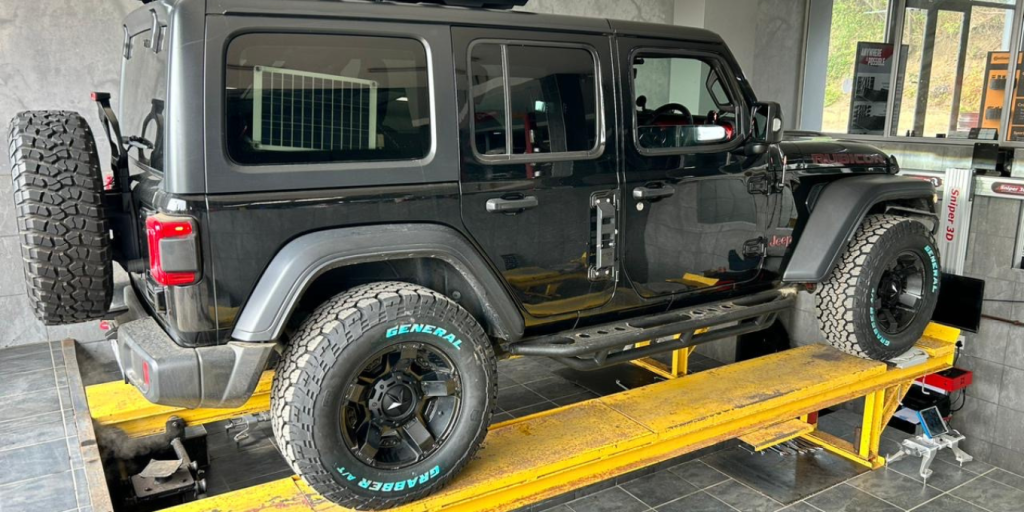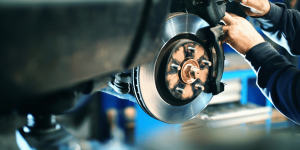WHEEL ALIGNMENT: WHAT IS IT AND WHY IT IS IMPORTANT?
A wheel alignment is a mechanical adjustment of your suspension system (the parts that connect your wheels to your car) to ensure that your wheels are in the correct position. It can also be called tracking or tyre alignment. Wheel alignments are important because wheels that are out of alignment can cause issues such as making your tyres wear out quickly or unevenly, and lead to a less pleasant experience of driving or riding in your car.
WHAT ARE THE SYMPTOMS OF A CAR OUT OF ALIGNMENT?
One of the signs that your car may be out of alignment is if it is constantly pulling to one side or another on the straight. Your steering wheel can also give you clues that you have an alignment issue, for example, if it appears off-centre when you are driving straight or if it vibrates. However, these problems could be occurring for various reasons so read on for other tell-tale signs of alignment issues.
You can spot alignment problems by visually inspecting your tyre tread when your vehicle is stationary. Certain sections that are more “worn-down” than others or a difference in tread depth from the inside to the outside edge of the tyre are signs of different types of alignment problems.
You may even be able to hear an alignment issue because misaligned wheels can cause tyres to screech in situations where they normally would not.
HOW IS WHEEL ALIGNMENT DONE?
Wheel alignments are not a do-it-yourself project; the process is more involved than just making sure that your wheels are parallel and pointing straight ahead. Alignment must be carried out on approved equipment by trained personnel to return the vehicle to OEM specification. There are three main factors at play in this process.




